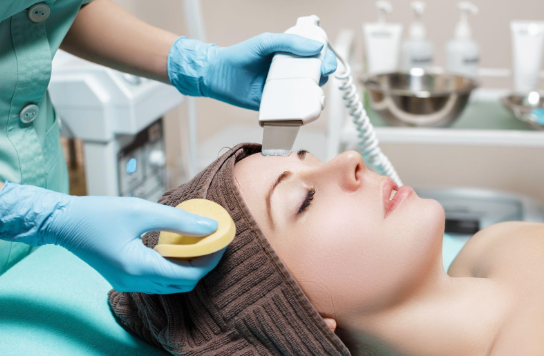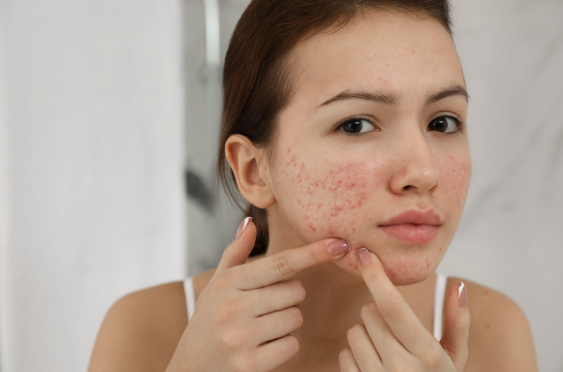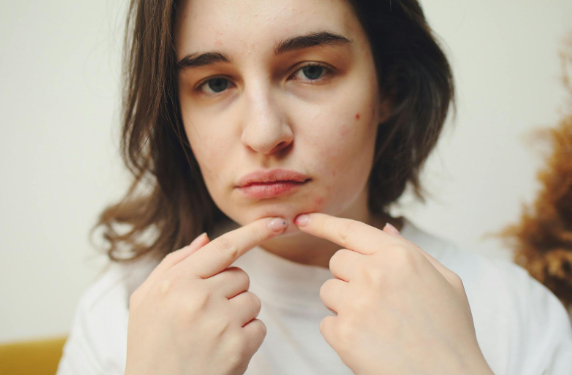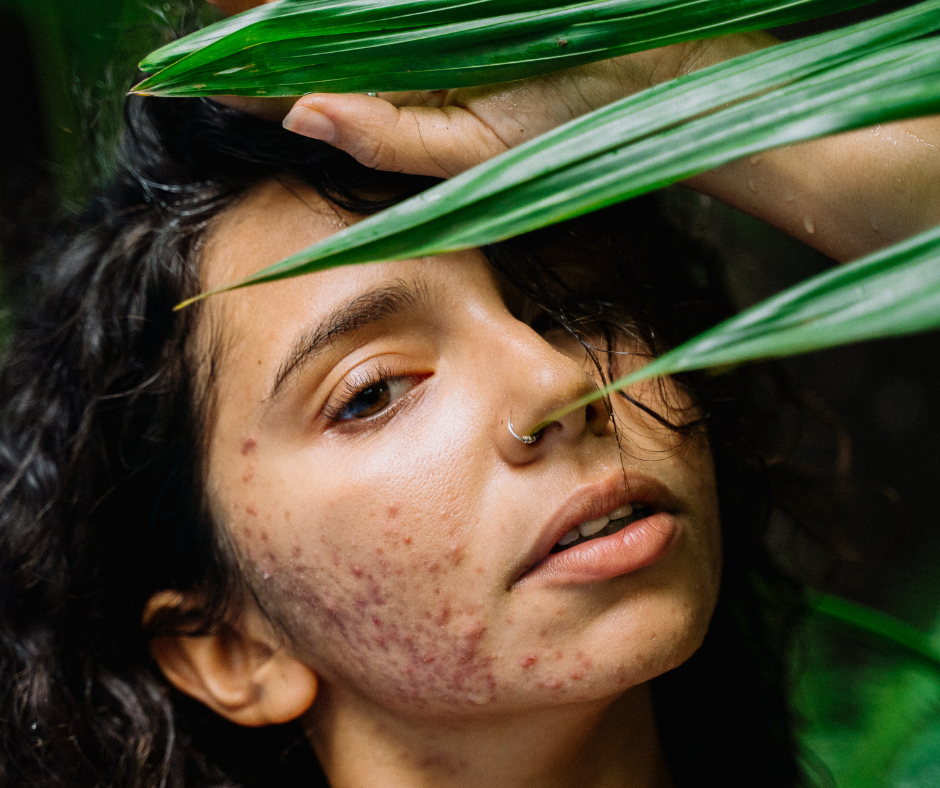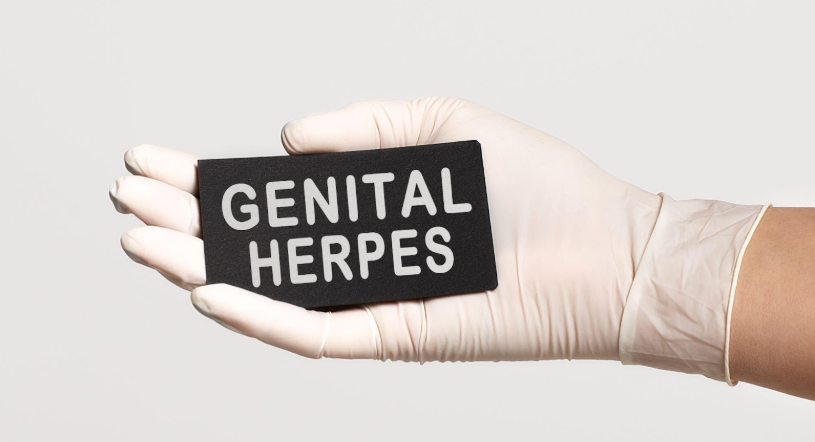How Chlorine and Saltwater from Pools and Beaches Affect Your Skin and What to Do About It
How Chlorine and Saltwater from Pools and Beaches Affect Your Skin and What to Do About It
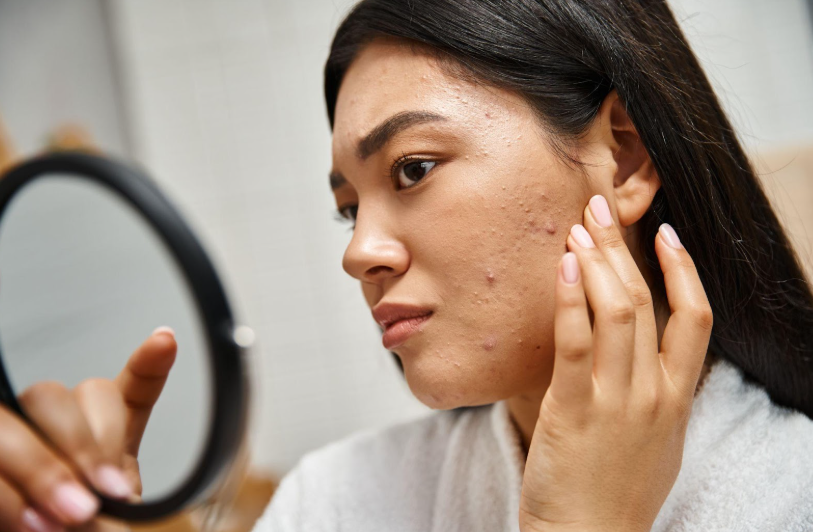
Whether you're diving into a chlorinated pool or splashing in the salty waves of the beach, summer fun often comes with hidden consequences for your skin. While swimming is an excellent way to stay active and cool off, the effects of prolonged exposure to chlorine and saltwater can leave your skin dry, irritated, and vulnerable to damage.
How Chlorine Disrupts Your Skin’s Barrier
Chlorine is an effective disinfectant, but it's also a harsh chemical. When it comes into contact with your skin, it strips away the natural sebum—the protective oil your body produces. Without that natural barrier, your skin loses moisture more quickly and becomes vulnerable to irritants.
Over time, repeated exposure can lead to chronic dryness, flaking, and even premature aging due to oxidative stress. People with eczema,
rosacea, or sensitive skin often see flare-ups after just one swim in chlorinated water.
The Real Effects of Saltwater on Your Skin
Unlike chlorine, saltwater from the ocean contains minerals like magnesium, calcium, and potassium that may benefit your skin—at least in moderation. These elements can gently exfoliate dead skin cells and have mild anti-inflammatory properties. Saltwater sometimes offers short-term relief for people with acne, eczema, or psoriasis.
Salt pulls moisture from your skin, often leaving it tight and dry—especially if you have sensitive skin. For some, saltwater can sting open cuts or exacerbate conditions if not rinsed off quickly.
How Different Skin Types React to Chlorine and Saltwater
Chlorine and saltwater affect skin differently, depending on your skin type. Knowing how your skin responds helps you care for it properly after a swim.
Dry or Sensitive Skin
Dry or sensitive skin tends to lose moisture quickly in pool or ocean water. Chlorine and salt both strip natural oils, leading to tightness, flaking, or itching. If you have eczema or rosacea, swimming may trigger flare-ups. The skin barrier is already fragile and can become more irritated with repeated exposure.
Oily or Acne-Prone Skin
Chlorine can temporarily reduce oil and improve acne, but this effect doesn’t last. The skin often overcompensates by producing more oil, which can lead to breakouts. Saltwater may reduce surface bacteria, but it can also irritate pores or cause inflammation, especially with frequent exposure.
Combination Skin
Combination skin can be tricky to manage after a swim. The T-zone (forehead, nose, and chin) may feel oily or clogged, and the cheeks may get tight and dry. This dual reaction requires a balanced skincare routine that addresses both moisture loss and oil control.
Using gentle cleansers, hydrating serums, and non-comedogenic moisturizers can help restore balance and soothe all areas of the face effectively.
Skin with Pre-Existing Conditions
If you have a condition like eczema, psoriasis, or frequent sunburns, swimming may worsen symptoms. Chlorine and salt can cause stinging, redness, or increased irritation. Those prone to sunburn, allergic reactions, or chronic irritation may find these symptoms are heightened after swimming. If symptoms worsen, consult a dermatologist for barrier creams or prescription treatment.
What to Do Before You Swim
A solid pre-swim routine prepares your skin to handle chlorine, salt, and sun—minimizing moisture loss, irritation, and long-term damage. This includes:
Apply a Barrier Cream
Use a layer of cream with petrolatum, dimethicone, or silicone to create a protective seal. This barrier prevents excessive water absorption and shields the skin from harsh chemicals. Choose fragrance-free options for sensitive skin, and apply 10–15 minutes before swimming to let it settle.
Hydrate Internally
Drinking water before swimming supports your skin’s hydration from within. Dehydrated skin loses moisture faster and becomes more prone to tightness and peeling. Aim for at least 16 oz of water an hour before extended time in the pool or ocean.
Rinse with Fresh Water
Pre-rinse with fresh water to reduce chlorine or salt absorption and help prevent dryness or irritation. Especially for those swimming in treated pools.
Use Mineral Sunscreen
Mineral sunscreens with zinc oxide or titanium dioxide provide a physical layer that reflects UV rays and reduces chemical penetration. Water-resistant options with SPF 30+ are best. Apply at least 15 minutes before exposure, and don’t forget often-missed areas like ears, the back of the neck, and the tips of the feet.
Protect Vulnerable Areas
Apply thicker ointments to irritated areas, such as hands, knees, elbows, or eczema patches. These spots lose moisture faster and can crack or become inflamed more easily. A layer of balm adds extra defense where it’s needed most.
Post-Swimming Recovery Routine
After leaving the water, your skin begins to dry out and react to whatever it’s absorbed. Acting quickly can prevent lingering irritation, dryness, or breakouts. Your goal: cleanse, calm, and restore the barrier.
Rinse Off Immediately
Shower as soon as you can, using lukewarm water to remove chlorine, salt, and sunscreen residue. This stops further chemical activity on your skin and prevents irritation from particles left behind. Avoid hot water, which can increase dryness and redness.
Cleanse Gently
Use a sulfate-free, pH-balanced cleanser to wash without stripping natural oils. Look for ingredients like glycerin or oat extract to calm and hydrate while cleansing. Harsh soaps can worsen post-swim dryness and interfere with healing.
Moisturize While Skin Is Damp
Moisturizing immediately after towel drying helps trap hydration in the skin. Apply thick creams with ceramides or hyaluronic acid within 5 minutes of showering to lock in moisture and repair your barrier.
Soothe Irritated Areas
If you notice flare-ups, redness, or itching, use a targeted treatment. Hydrocortisone, colloidal oatmeal, or aloe vera gel can calm inflammation. For chronic skin conditions, apply prescribed medications immediately after rinsing and moisturizing.
Replenish with Antioxidants
Chlorine and UV exposure create oxidative stress, which can damage skin cells. Antioxidant serums with vitamin C, E, or ferulic acid help fight free radicals and promote healing. Use these in your morning or evening routine after moisturizing.
Advanced Skincare and Sun Protection for Frequent Swimmers
Without proper protection, repeated exposure can lead to hyperpigmentation, premature wrinkles, and even skin cancer. A proactive routine that combines advanced skincare solutions with effective sun protection is essential for long-term skin health and resilience.
Neutralize Residual Chlorine with Vitamin C Rinses
Even after showering, trace amounts of chlorine can continue to react with your skin, contributing to dryness, irritation, and oxidative stress. A rinse or spray containing ascorbic acid (vitamin C) binds to and deactivates chlorine on contact.
These products are especially beneficial for people with eczema, sensitivities, or anyone experiencing post-swim itching or flaking. They’re safe for both skin and hair and are easy to apply immediately after swimming to prevent lingering chemical effects.
Strengthen the Skin Barrier with Replenishing Serums
After cleansing and moisturizing, using a well-formulated serum can accelerate barrier repair and reduce inflammation. Niacinamide is particularly effective at calming redness, minimizing pore visibility, and improving moisture retention.
Panthenol adds deep hydration and supports healing, while centella asiatica encourages collagen production and soothes irritation. Together, these ingredients help restore your skin's resilience, especially when used consistently after outdoor swimming.
Rehydrate Overnight with Intensive Moisture Masks
To combat cumulative dehydration, apply overnight masks two to three times a week. These products deliver slow-release hydration using ingredients like ceramides, cholesterol, fatty acids, and humectants such as glycerin or hyaluronic acid.
This overnight approach allows your skin to heal more effectively, especially after prolonged exposure to sun, wind, and salt or chlorinated water. Look for fragrance-free, non-comedogenic formulas to avoid irritation on sensitized skin.
Gently Exfoliate to Remove Residue and Stimulate Turnover
Exfoliating once or twice weekly helps remove chlorine residue, dead skin buildup, and uneven texture without damaging your skin’s protective barrier.
Opt for chemical exfoliants like lactic acid (an AHA) or gluconolactone (a gentle PHA), which work by dissolving the bonds between dead cells rather than scrubbing them off. This allows smoother, clearer skin to emerge without the microtears caused by physical exfoliants, which are too harsh for post-swim skin.
Reverse Cumulative Damage with Professional Treatments
When sun exposure and repeated swimming begin to take a visible toll—such as increased sensitivity, roughness, or discoloration—professional treatments can deliver more targeted results. Hydrating facials replenish lost moisture, while enzyme peels or mild chemical exfoliations help refresh tone and texture.
For deeper issues like sunspots, fine lines, or barrier breakdown, dermatologists may recommend laser therapy, microneedling, or prescription-strength serums tailored to your specific skin needs.
When to See a Dermatologist
While many swim-related skin issues can be managed with at-home care, some conditions require professional evaluation. A dermatologist can also recommend customized skincare routines, prescribe medicated products, and suggest in-office treatments to support long-term skin health for frequent swimmers.
If you experience any of the following, it may be time to consult a board-certified dermatologist:
- Persistent Inflammation or Irritation: If redness, burning, or itching persists for more than a few days after moisturizing and avoiding triggers, this could be a sign of an underlying condition that needs medical attention or a more serious breakdown of the skin barrier.
- Painful or Stinging Skin: Discomfort during or after water exposure may suggest compromised barrier function, chemical sensitivity, or subclinical inflammation that can worsen without proper intervention.
- New or Changing Skin Lesions: Any new spots, rough patches, moles, or areas of discoloration that appear or evolve over time should be examined promptly to rule out precancerous changes or skin cancer—especially if you've had high UV exposure while swimming.
- Ongoing Sensitivity to Skincare Products: A sudden increase in skin reactivity or allergic responses to routine products may point to a compromised barrier or sensitized skin that needs targeted, professional care.
- Chronic Dryness, Cracking, or Delayed Healing: If the skin remains excessively dry, cracked, or slow to heal—even with consistent hydration and moisturization—it could indicate deeper skin dysfunction or a need for prescription-strength treatments.
You shouldn’t have to choose between summer fun and healthy skin. Our experts, at
Pine Belt Dermatology, can help you restore your skin's health seamlessly with proven treatments, real guidance, and results you can feel.
Book your consultation today!
